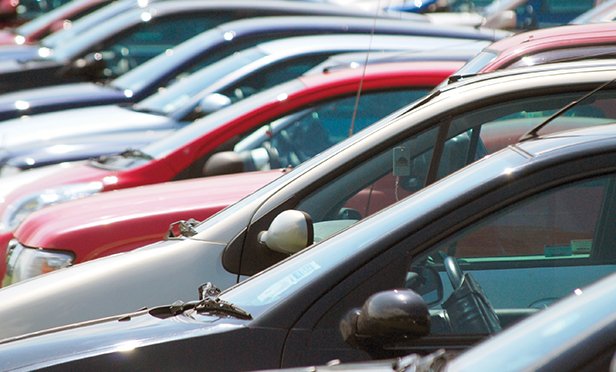 Damaged vehicles may be resold or just sold for salvage. (Photo: Shutterstock)
Damaged vehicles may be resold or just sold for salvage. (Photo: Shutterstock)
Back at the beginning of my insurance career, I was a total loss claims adjuster. Outside adjusters would give me the files on vehicles they had determined were total losses, and I would call the insureds to settle the claim. Once settled, the salvage had to be disposed of, and thus began my career in used car sales. Yes, you read that correctly, used car sales.
Recommended For You
Want to continue reading?
Become a Free PropertyCasualty360 Digital Reader
Your access to unlimited PropertyCasualty360 content isn’t changing.
Once you are an ALM digital member, you’ll receive:
- Breaking insurance news and analysis, on-site and via our newsletters and custom alerts
- Weekly Insurance Speak podcast featuring exclusive interviews with industry leaders
- Educational webcasts, white papers, and ebooks from industry thought leaders
- Critical converage of the employee benefits and financial advisory markets on our other ALM sites, BenefitsPRO and ThinkAdvisor
Already have an account? Sign In Now
© Touchpoint Markets, All Rights Reserved. Request academic re-use from www.copyright.com. All other uses, submit a request to [email protected]. For more inforrmation visit Asset & Logo Licensing.







